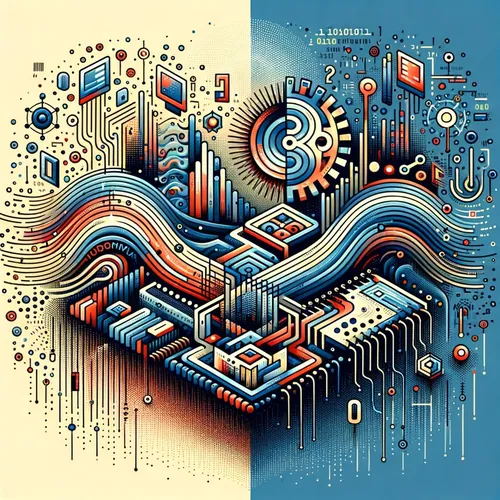Quantum Leaps: Diamond Breakthroughs Propel IonQ and Element Six into the Future of Computing
- Author
- Quiet. Please
- Published
- Mon 08 Sep 2025
- Episode Link
- https://www.spreaker.com/episode/quantum-leaps-diamond-breakthroughs-propel-ionq-and-element-six-into-the-future-of-computing--67676852
This is your Quantum Tech Updates podcast.
No slow introductions today—I’m Leo, your resident quantum hardware obsessive, and this week, the world of quantum tech took a bold leap. On September 4th, IonQ and Element Six announced a breakthrough that’s reverberating through the halls of every quantum lab and boardroom: mass-producible, quantum-grade synthetic diamonds crafted for quantum memory and photonic interconnects. Let me tell you why, as a quantum computing specialist, this feels like watching the future snap together one beautiful brick at a time.
Picture walking into a fabrication facility flooded with fluorescent light, stainless steel, and the hush of anticipation. Engineers in an IonQ cleanroom hold shimmering diamond films thinner than a human hair, preparing to bond them onto everyday silicon chips using the exact manufacturing techniques that built your laptop or phone. For years, making diamond-based quantum devices required painstaking, bespoke processes—each device a minor miracle. Today, thanks to this hardware milestone, we’re at the cusp of moving quantum memories and interconnects from the lab into the same assembly lines used for classical microprocessors.
This feels like the moment when transistors, once rarefied lab oddities, became the beating heart of global tech. The analogy? Imagine classical bits as coins—heads or tails, one or zero. Quantum bits, or qubits, are spinning coins, holding heads, tails, and every hazy possibility between. Now think about scaling up: Instead of rolling a single coin, IonQ’s modular approach lets us snap together entire vaults, each shimmering with quantum promise. Synthetic diamond is more than bling—it’s the quantum memory vault, the robust bridge for photons to race between distant quantum processors, enabling true quantum networks.
These advances aren’t happening in isolation. Around the world, data centers buzz with anticipation, prepping racks for quantum accelerators that will sit beside AI clusters. IBM’s cloud quantum services processed three billion circuits last year, and Microsoft’s Azure Quantum now welcomes thousands of developers daily. With quantum error rates dropping from 1 in 1,000 to an astonishing 1 in 100,000 operations, we’re watching quantum reliability catch up to the dreams of early pioneers.
But it’s not all hardware and silicon. Across the Atlantic, the European Centre for Medium-Range Weather Forecasts is leveraging quantum processors to nail weather predictions seven days out—something classical systems could only dream of doing three days ahead. Wall Street’s quantum algorithms, developed in partnership with JP Morgan, untangle financial knots in real time. And in New Mexico last week, DARPA inked a $120 million deal to accelerate utility-scale quantum computing at the Quantum Frontier Project, pushing us closer to the era where quantum isn’t just an experiment—it’s infrastructure.
The narrative arc? We’re assembling a quantum future, brick by synthetic diamond brick. Each new interconnect, chip, and memory advances not only technical progress but promises new paradigms in computing, cryptography, and even medicine.
Thank you for joining me on Quantum Tech Updates. If you have burning questions or want to hear about a specific topic, email me anytime at [email protected]. Don’t forget to subscribe, and remember—this has been a Quiet Please Production. For more info, check out quietplease dot AI.
For more http://www.quietplease.ai
Get the best deals https://amzn.to/3ODvOta
